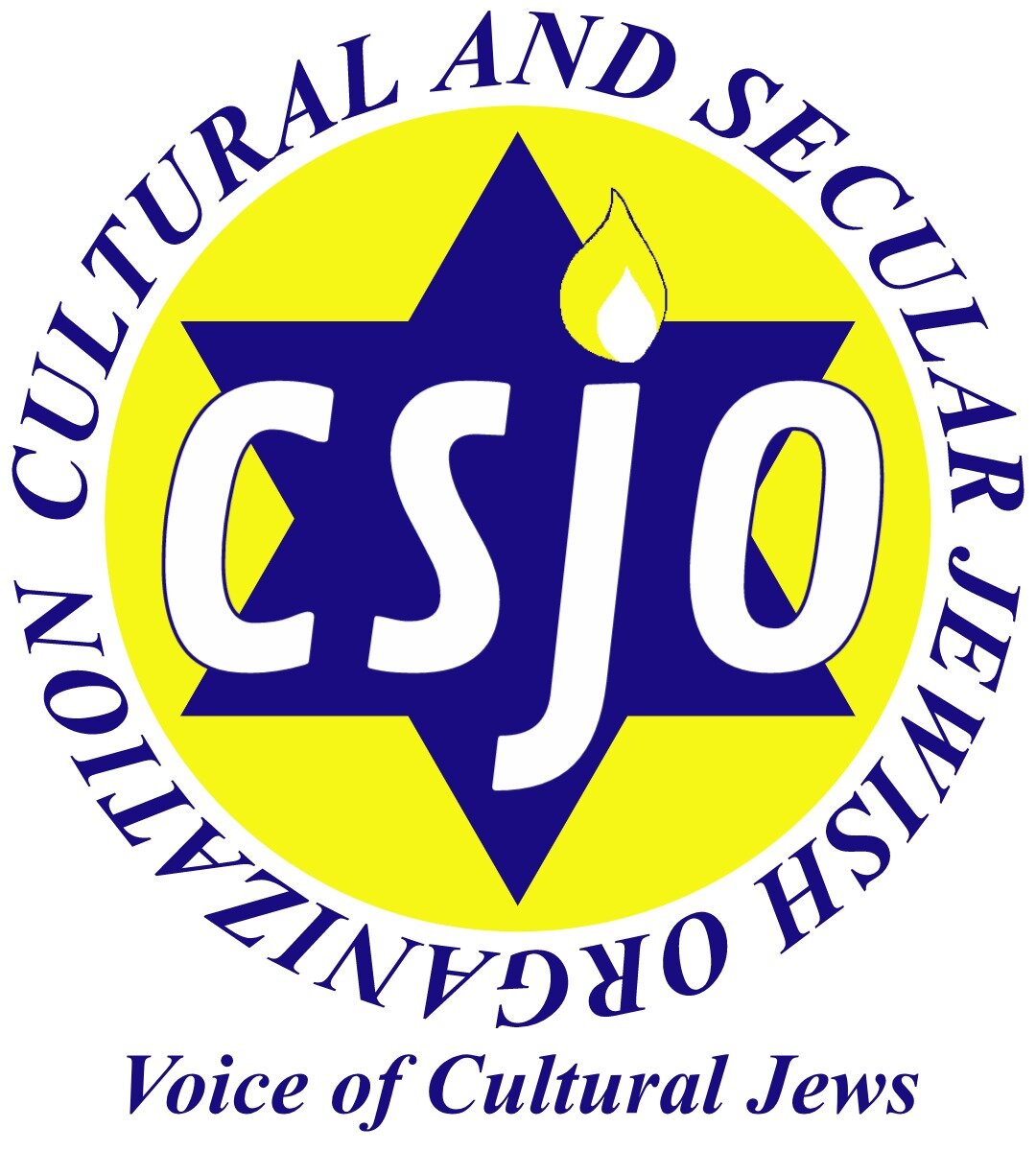Simkhas Torah
Simkhas Torah is celebrated on the last day of Succos. Literally it means "Rejoicing in the Law." On this day, Jews in synagogue finish the yearly cycle of reading the Torah with the last verses of Deuteronomy and begin again with the first portion of Genesis. The Torah purports to chart the course of our history as a people, and in this sense it is a symbol of our origins as a nation, not merely a religion. As its name suggests, Simkhas Torah is a joyous holiday. Children carry flags with the inscription "Flag of the Camp of Judah." Apples are perched on the sticks and, in less safety conscious times, candles. Singing and dancing accompany the procession that carries the Torah scrolls seven times around the synagogue. Among the orthodox, it is the one synagogue ceremony in which children and women are allowed to participate. Even drinking alcohol (shnaps) is permitted.
Yet, the words of an old Yiddish song suggest that the joy was tempered with sorrow:
Simkhas Torah! Skip and hop On your feet till down you drop! In your mouth a merry jest--- And a burden in your breast.
Perhaps because of its demonstrative nature, Simkhas Torah was chosen as the day when young Jews would gather outside Moscow's Great Synagogue in the old Soviet Union, beginning in the 1970s, to assert their Jewishness in defiance of official anti-Semitism.
Secular Jews do not worship the Torah. Although it contains many gems of wisdom, its blatant tribalism and authoritarianism disqualify it from serving as our foundational text. However, if we accept an alternate definition of Torah as "Jewish learning," Simkhas Torah can be a time to honor our great scholars and teachers (Chaim Zhitlovsky, Simon Dubnow, Ahad Ha'am, Saul Goodman, Max Rosenfeld among others) and rededicate ourselves to the study of Jewish culture. As we say in Yiddish, toyre iz di beste skoyre (learning is the best merchandise.) And speaking of toyre or Torah, examining a real Torah scroll and learning how it is physically made can make for an interesting holiday activity.
The following folktale illustrates the central place that respect for learning has in Jewish tradition.
There were two families that lived in Sepphoris [a city in Roman Judea.] One consisted of aristocrats, educated people who were wise in counsel. The other consisted of common, undistinguished people.
Each day, when the two families proceeded to the house of the Nasi [the leader of the Jewish community in Roman times), to pay their respects to him, the aristocrats would enter first and the common people could go in only after the others had left.
Now it happened that these insignificant people began to apply themselves to study, and in time they became great scholars. Then they demanded that they get precedence over the aristocrats when they went to pay their respects to the Nasi.
This incident raised a great deal of discussion everywhere. When Rabbi Simeon ben Lakish was asked for an opinion, he passed the question on to Rabbi Yohanan [i.e. the Nasi] who concluded:
"A bastard who is a scholar is superior to a High Priest who is an ignoramus."
For two short stories by Sholem Aleichem that depict different aspects of Simkhas Torah in the shtetl, see The Flag from Itche Goldberg's Yiddish Stories for Young People and David, King of Israel from Old Country Tales.
Apples and Honey is another resource for understanding Simkhas Torah.

